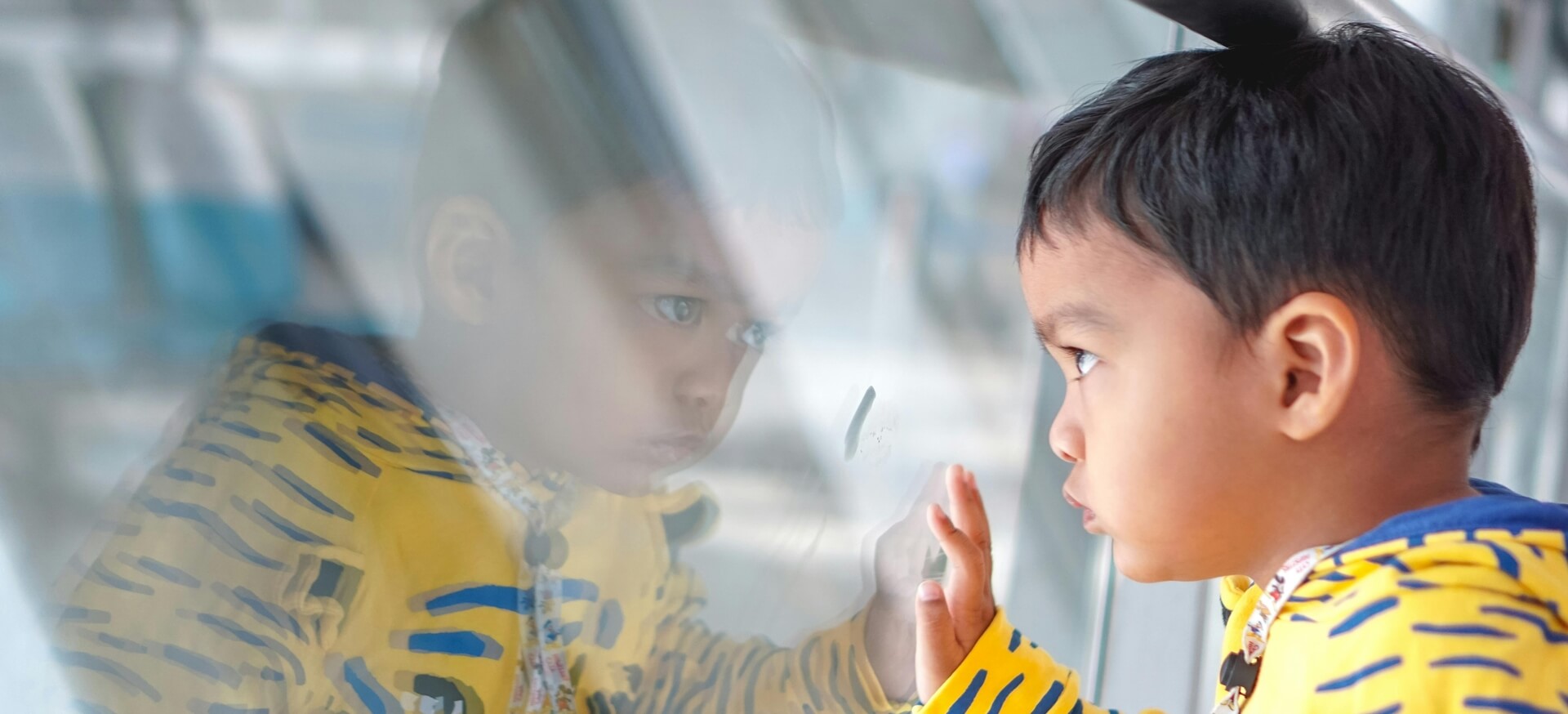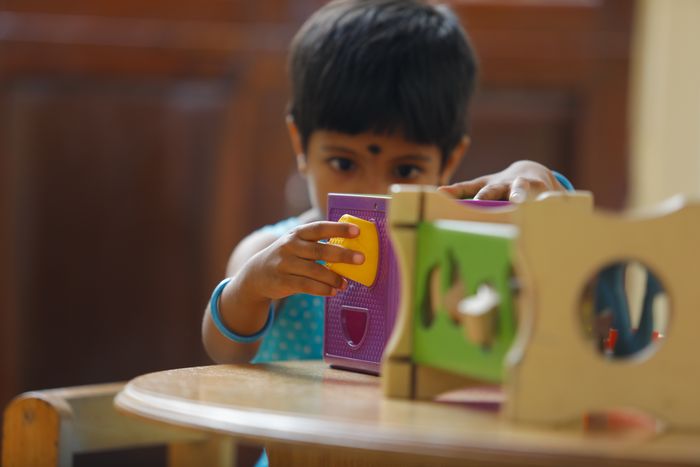


Toddler Aggression: When to Worry and Seek Help

Toddlers are at a stage of rapid development, both emotionally and socially. Aggressive behaviours such as hitting, biting, or throwing things can be common as they explore their emotions and learn to express themselves. However, understanding the difference between typical developmental behaviour and signs of concern is crucial for parents.
Normal vs. Concerning Aggression
Aggression in toddlers can manifest as part of their attempt to communicate unmet needs or frustration. Below is a comparison of normal versus concerning behaviours:
|
Aspect |
Normal Aggression |
Concerning Aggression |
|
Frequency |
Occasional outbursts during frustration |
Frequent, daily aggressive episodes without clear triggers |
|
Intensity |
Mild to moderate, usually subsiding after a few minutes |
Severe aggression that lasts longer and disrupts routines |
|
Context |
Happens during play or when needs aren't met |
Occurs even in calm, structured environments |
|
Social Impact |
Apologies or moves on after outburst |
Affects interactions with peers and caregivers |
Reasons Behind Aggressive Behaviour
Developmental Stage
Toddlers are at a stage where their language and communication skills are still developing. This often leaves them unable to articulate their feelings or needs effectively. For instance, a toddler might hit or throw objects because they cannot verbalise their frustration when denied a toy or attention. Aggression, in these cases, is not intentional misbehaviour but a reflection of their struggle to communicate. This phase is a natural part of their growth, and with guidance, most toddlers learn to express themselves in healthier ways over time.
Emotional Regulation
Young children are still developing the emotional tools needed to cope with overwhelming feelings. Big emotions like anger, fear, or sadness can feel unmanageable to them. For example, a toddler who feels scared or insecure might lash out physically instead of seeking comfort. Their brains are still maturing, particularly in areas that regulate impulse control and decision-making. Teaching them ways to calm down and process these emotions is an essential part of fostering emotional resilience.
Environmental Triggers
The environment plays a significant role in shaping a toddler’s behaviour. Changes in routine—such as a new sibling, moving to a different home, or starting daycare—can create stress and uncertainty, leading to aggression. Similarly, lack of adequate sleep, hunger, or overstimulation from noisy or crowded environments can leave toddlers feeling irritable and more prone to outbursts. Recognising and addressing these triggers, such as ensuring consistent routines and adequate rest, can help mitigate aggressive behaviour and create a calmer environment for the child.
When to Seek Professional Help
While occasional aggression is normal, certain signs suggest the need for intervention:
-
Persistent aggression that does not improve with guidance.
-
Aggressive behaviour leading to harm to themselves or others.
-
Difficulties in making or maintaining social connections.
-
Signs of anxiety, extreme withdrawal, or other emotional concerns.
Helping Toddlers Manage Aggression
-
Teach Emotional Regulation: Encourage toddlers to name their feelings and practice calming strategies like deep breathing.
-
Model Appropriate Behaviour: Demonstrate conflict resolution without aggression to set a positive example.
-
Structure and Routine: Consistent routines help toddlers feel secure and reduce outbursts.
Role of Professional Help
If aggressive behaviours persist, professionals such as child psychologists or behavioural therapists can help. They can provide tailored strategies to address the root causes of aggression and guide parents in supporting their toddler’s emotional and social development.
Understanding the triggers and patterns of toddler aggression is the first step toward effective intervention. If concerns arise, seeking timely help ensures toddlers receive the support they need to thrive.





